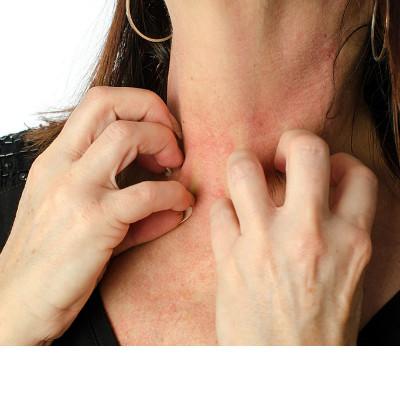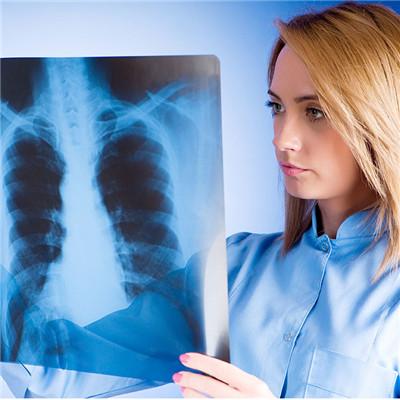What are the main routes of plague transmission?
summary
Plague, also known as the black death. Bubonic plague is a kind of zoonotic infectious disease existing in rodents and fleas. It is transmitted to all kinds of animals and humans by fleas. Its initial reaction is that the lymph glands near the flea bite site are inflamed, which is called bubonic plague. It often occurs in the groin, rarely in the armpit or neck. The infected lymph glands are inflamed, swollen, tender and may be purulent, and usually have fever.
What are the main routes of plague transmission?
1. Rat flea bite is transmitted by rat flea. Rat flea bite is the main way of transmission. Rodent flea human transmission is the main way of transmission. 2. Respiratory tract infection is transmitted by respiratory droplets, through breathing, talking, coughing and so on. It can form a "person to person" mode of transmission by droplets, and can cause a pandemic of human plague.

3. Skin infection is transmitted through the skin. It can be transmitted through the skin wound by stripping the skin and meat of the sick rodent or directly contacting the patient's pus blood or sputum. 4. Digestive tract infection: people are infected by eating the meat that is not thoroughly cooked.

Patients suspected of plague should receive appropriate treatment as soon as possible. They are usually isolated in hospital and treated with antibiotics for 10 days or until 2 days after fever subsides; If the patient's condition is improved, intravenous administration can be changed to oral administration; Streptomycin and gentamicin were used as antibiotics, but tetracycline, fluoroquinolone or chloramphenicol were also effective.

matters needing attention
Strict isolation and disinfection should be strictly isolated in the isolated hospital or isolated ward, and the ward must be free of rats and fleas. The patients should be treated well when they are hospitalized (changing clothes, killing fleas and disinfection). The ward and room should be disinfected regularly, and the excreta and secretion of patients should be thoroughly disinfected with bleaching powder or Lysol. The staff should wear "five tight" protective clothing, cotton gauze mask, high rubber shoes, thin rubber gloves and protective glasses.
















